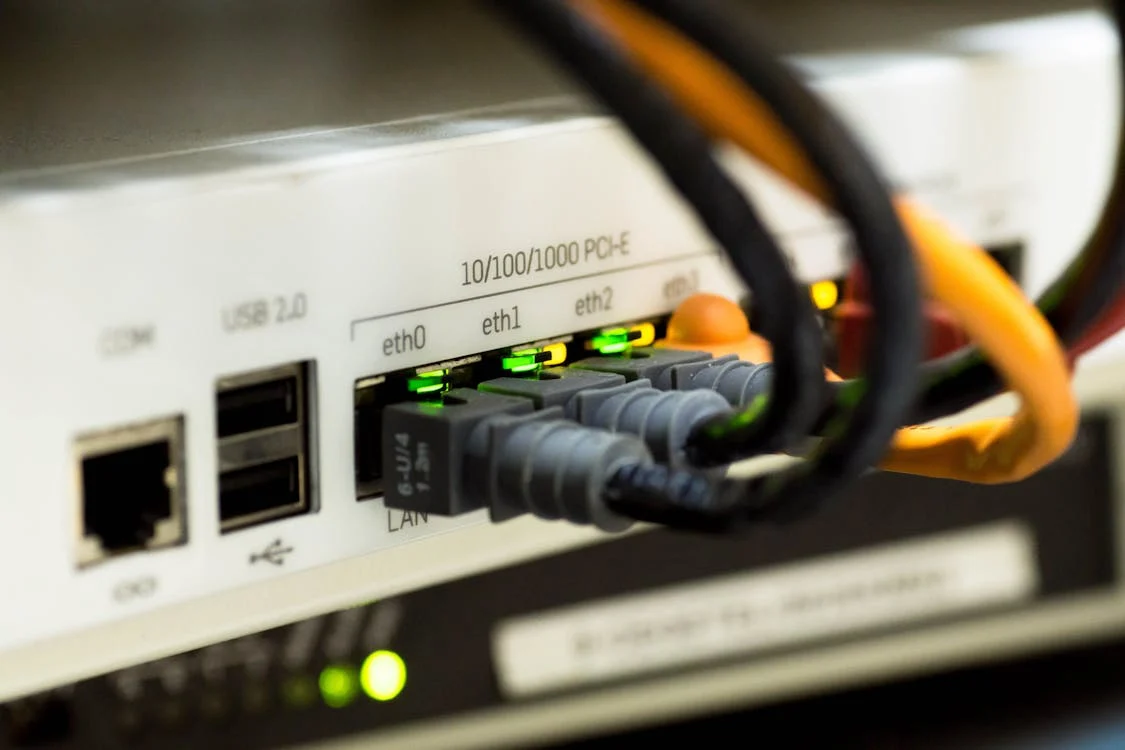Introduction:
In today’s digital age, cyber threats are a constant reality for businesses of all sizes. Data breaches, malware attacks, and phishing scams cost companies billions of dollars annually, not to mention reputational damage and lost customer trust. To combat these threats, robust cybersecurity automation measures are no longer optional; they’re a necessity.
However, building and maintaining a strong cybersecurity posture can be resource-intensive. Security teams are often overwhelmed by manual tasks like threat detection, log analysis, and incident response. This is where cybersecurity automation comes in – offering a compelling solution to enhance security effectiveness and efficiency.
The Business Case for Automation: Why Invest?
Here’s a breakdown of the key benefits that make automation a sound investment for businesses:
Enhanced Threat Detection and Response:
cybersecurity automation security tasks allows systems to continuously monitor networks and analyze vast amounts of data in real-time. This enables faster detection of potential threats and quicker response times, minimizing potential damage.
Reduced Human Error:
Manual security processes are prone to human error, which attackers can exploit. Automation mitigates this risk by performing tasks with accuracy and consistency, freeing up security analysts to focus on strategic initiatives.
Improved Scalability and Efficiency:
Security needs can evolve rapidly. Automation allows businesses to scale their security posture efficiently. Automated systems can handle increasing workloads without requiring additional manpower.
Cost Savings:
While there’s an initial investment in automation tools, the long-term benefits lead to significant cost savings. Automation reduces the workload for security teams, freeing them for higher-value tasks, and decreases the costs associated with manual incident response.
Increased Productivity:
By automating repetitive tasks, security teams are empowered to focus on strategic security initiatives. This can involve threat hunting, vulnerability management, and security policy development.
Building the Case: Quantifying the Benefits
To gain buy-in for cybersecurity automation, decision-makers need to understand the quantifiable benefits. Here are some ways to quantify the ROI (Return on Investment) of automation:
Reduced Cost of Data Breaches:
Cybersecurity breaches can be devastatingly expensive. Quantify the average cost of a data breach in your industry and showcase how automation can help prevent breaches and minimize losses.
Increased Security Analyst Productivity:
Estimate the time saved by automating repetitive tasks. Convert this saved time into a cost saving by calculating the average salary of a security analyst.
Reduced Downtime:
Cyberattacks often lead to system downtime, impacting business operations. Estimate the cost of potential downtime and demonstrate how automation can minimize the risk of attacks and downtime.
Improved Compliance:
Compliance with data security regulations can be complex and time-consuming. Show how automated tools can streamline compliance tasks and reduce associated costs.
Choosing the Right Tools for the Job
There are numerous cybersecurity automation tools available, each catering to different needs and budgets. Here’s a breakdown of some key types of automation tools:
Security Information and Event Management (SIEM):
SIEM tools aggregate data from various security sources, analyze it for suspicious activity, and generate alerts. This allows security teams to prioritize and investigate potential threats.
Security Orchestration, Automation, and Response (SOAR):
SOAR platforms of cybersecurity automation pre-defined workflows for incident response. This streamlines the process of detecting, investigating, and containing threats.
Endpoint Detection and Response (EDR):
EDR tools monitor endpoints (like laptops and servers) for suspicious activity and provide real-time threat detection and response capabilities.
Vulnerability Management Tools:
These tools automate the process of identifying, prioritizing, and remediating vulnerabilities in your systems and software.
Building a Successful cybersecurity Automation Strategy
While cybersecurity automation tools are powerful, they’re just one piece of the puzzle. Here are some additional factors to consider for a successful automation strategy:
Define Your Security Goals:
Clearly define your security goals and objectives before you choose automation tools. This helps select the right tools and ensures automation aligns with your overall security strategy.
Identify Automation Opportunities:
Not all security tasks are suitable for automation. Analyze your security processes and identify repetitive and time-consuming tasks that can be automated efficiently.
User Training and Awareness:
Automation doesn’t eliminate the human element. Train your security teams on how to use automation tools effectively and foster a culture of cyber awareness within the organization.
Continuous Monitoring and Improvement:
The cybersecurity a landscape of Innovation is constantly evolving. Regularly monitor the effectiveness of your automation strategy and adapt it based on new threats and emerging technologies.
Conclusion: The Future is Automated
Cybersecurity automation is not a silver bullet, but it’s a powerful tool that can significantly enhance your organization’s security posture. By understanding the business case for automation, selecting the right tools, and building a successful implementation



